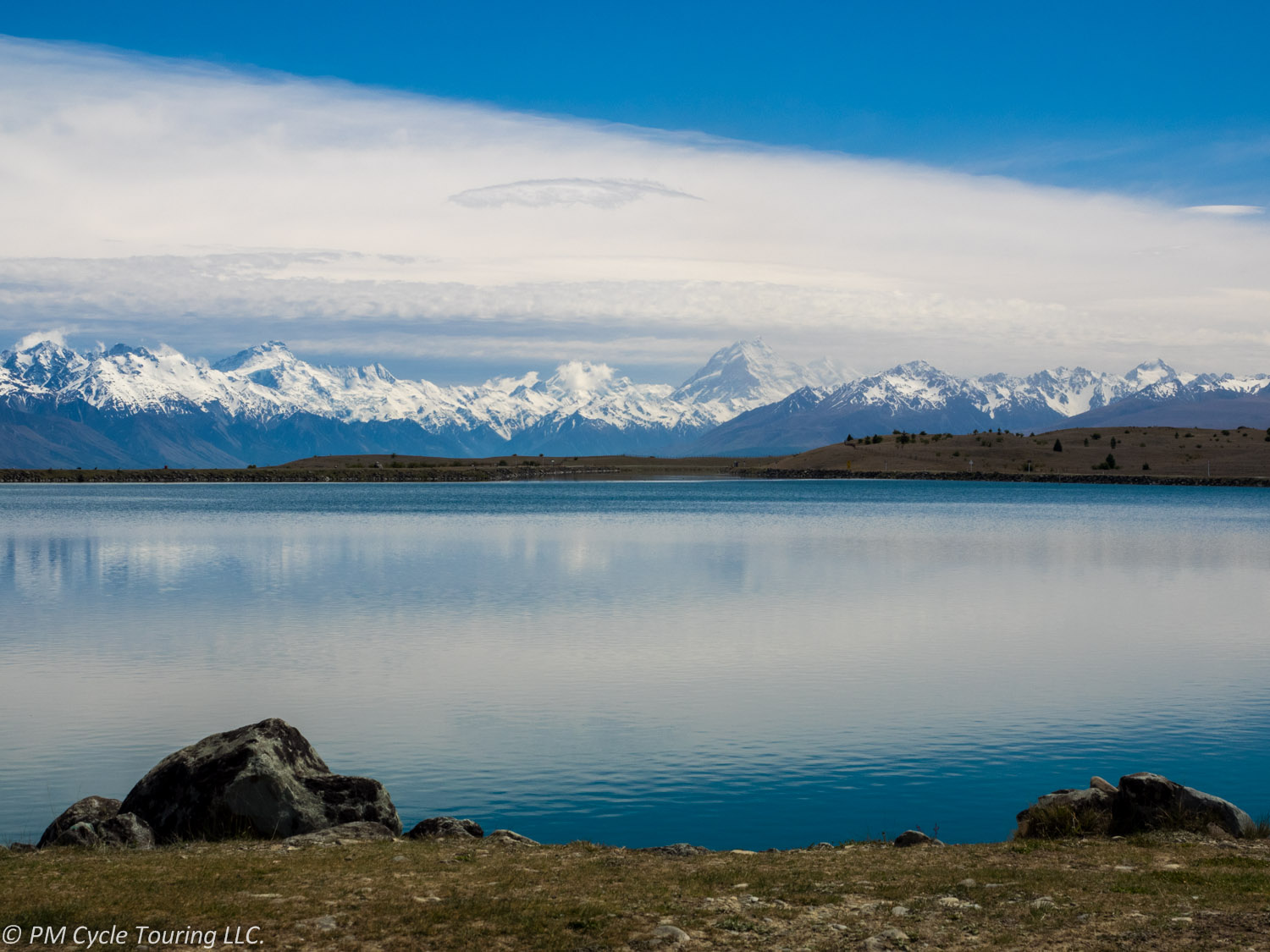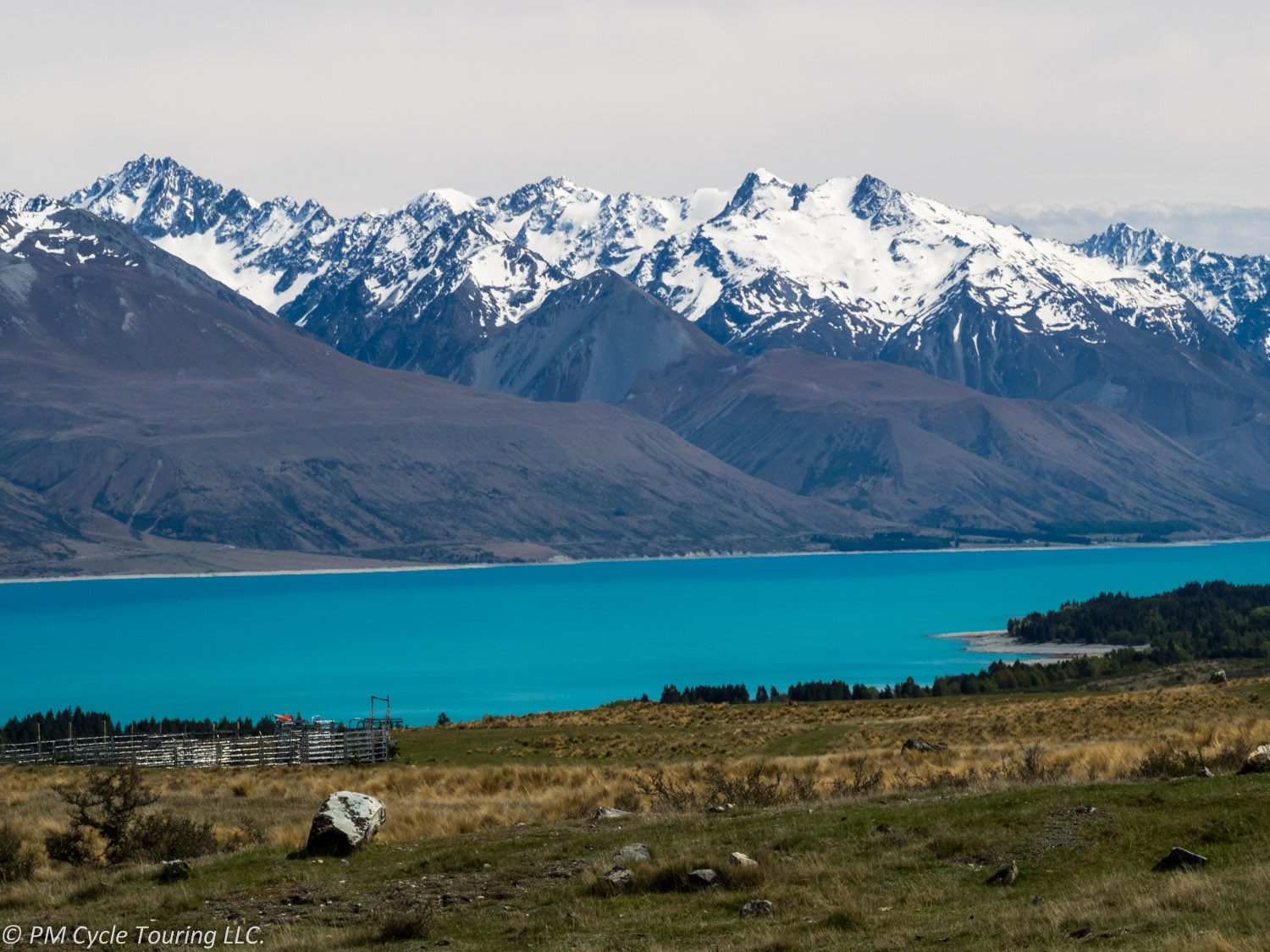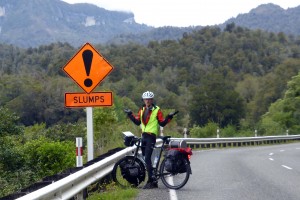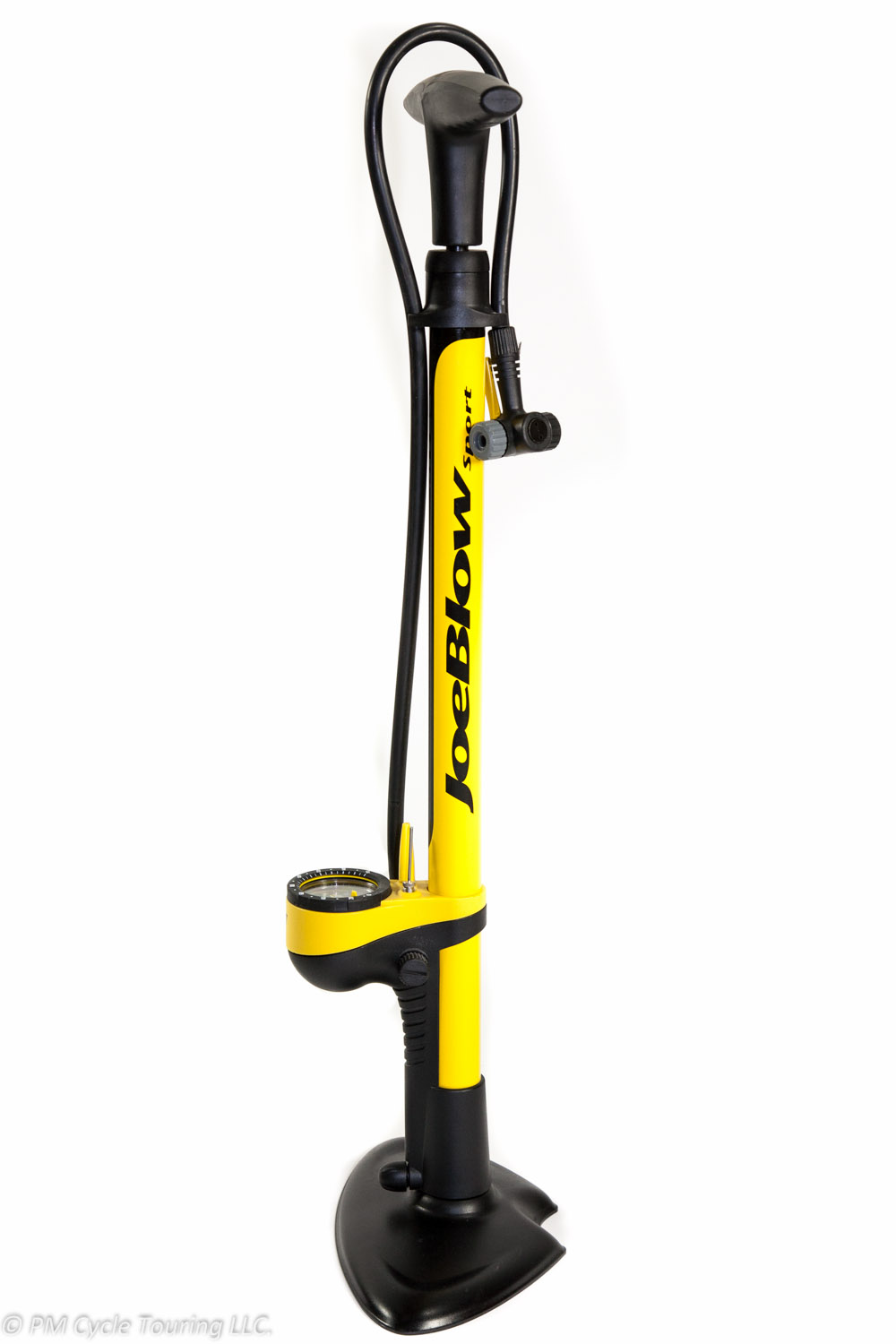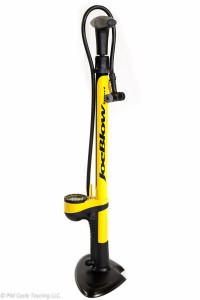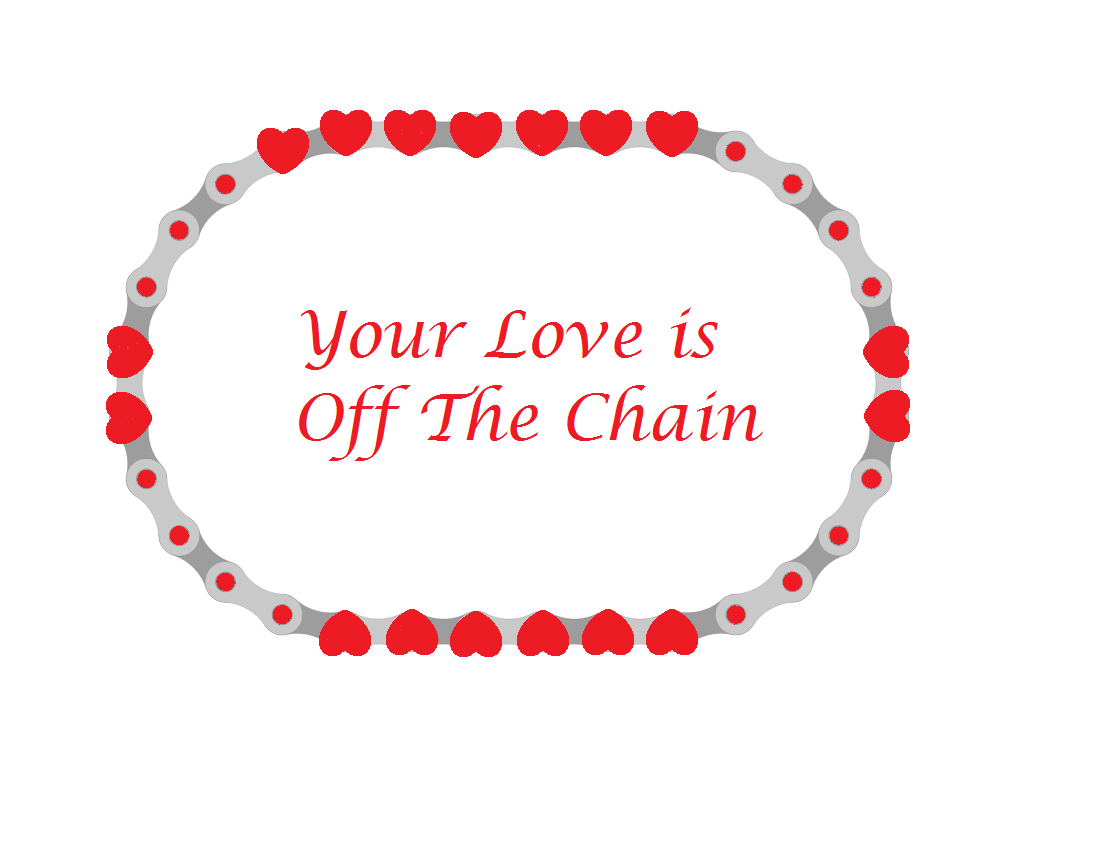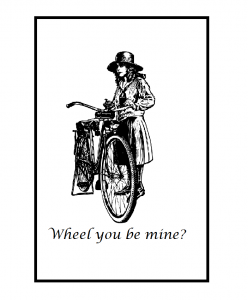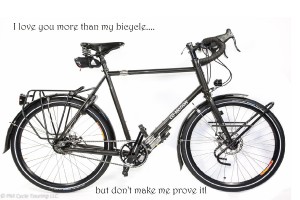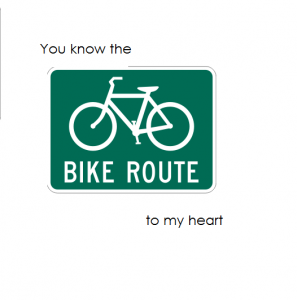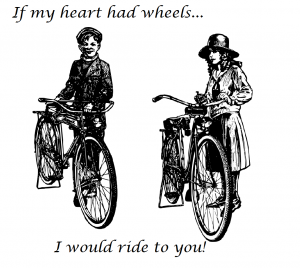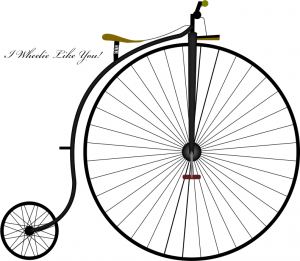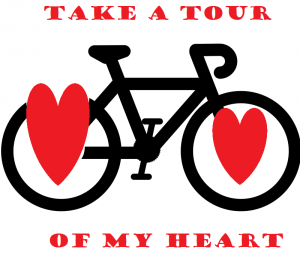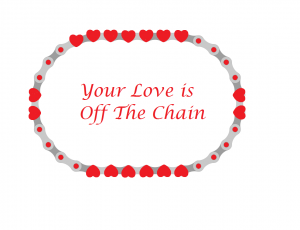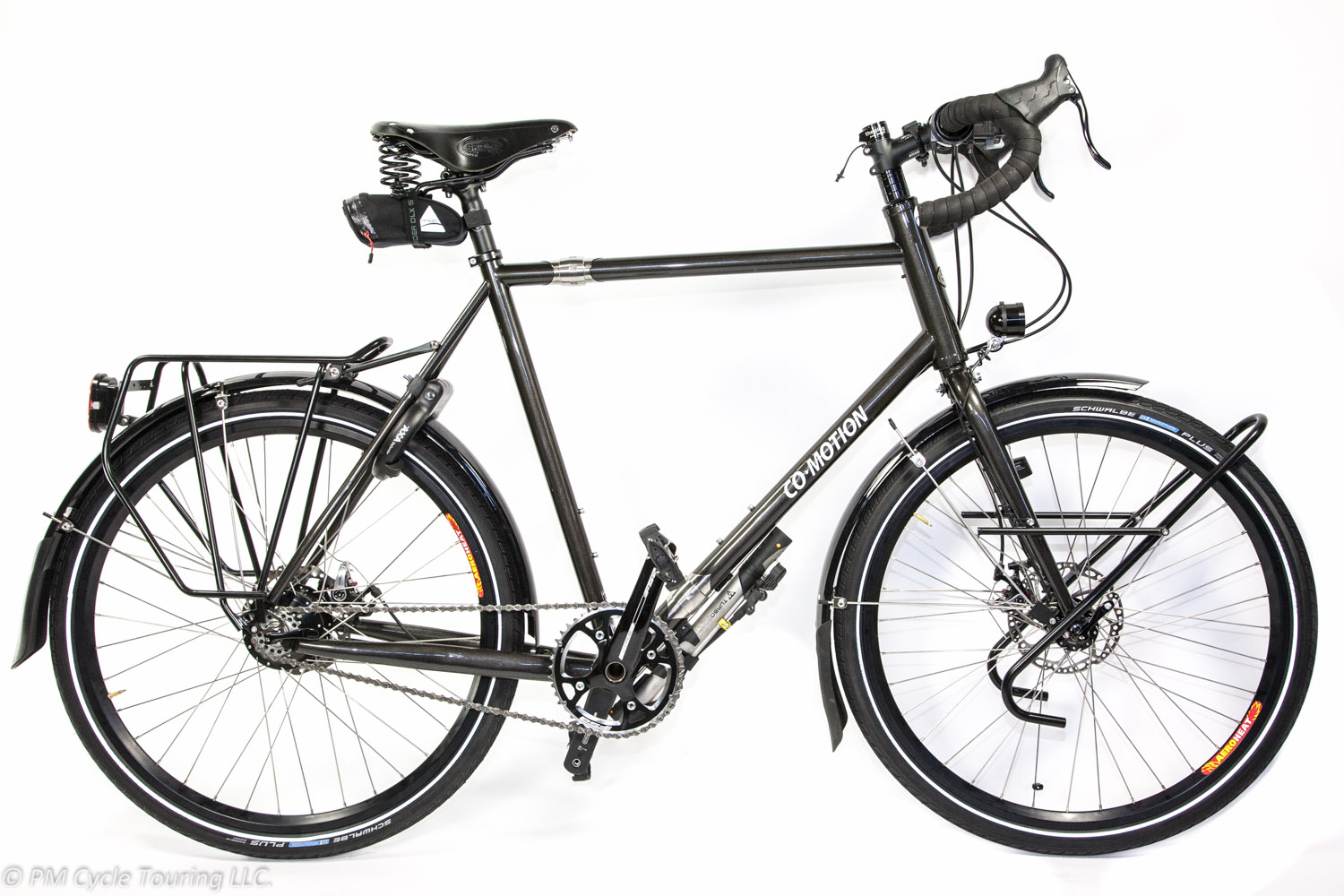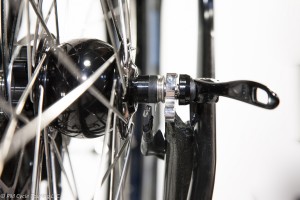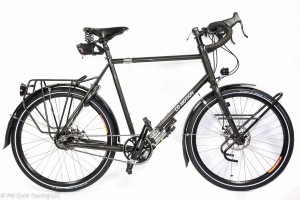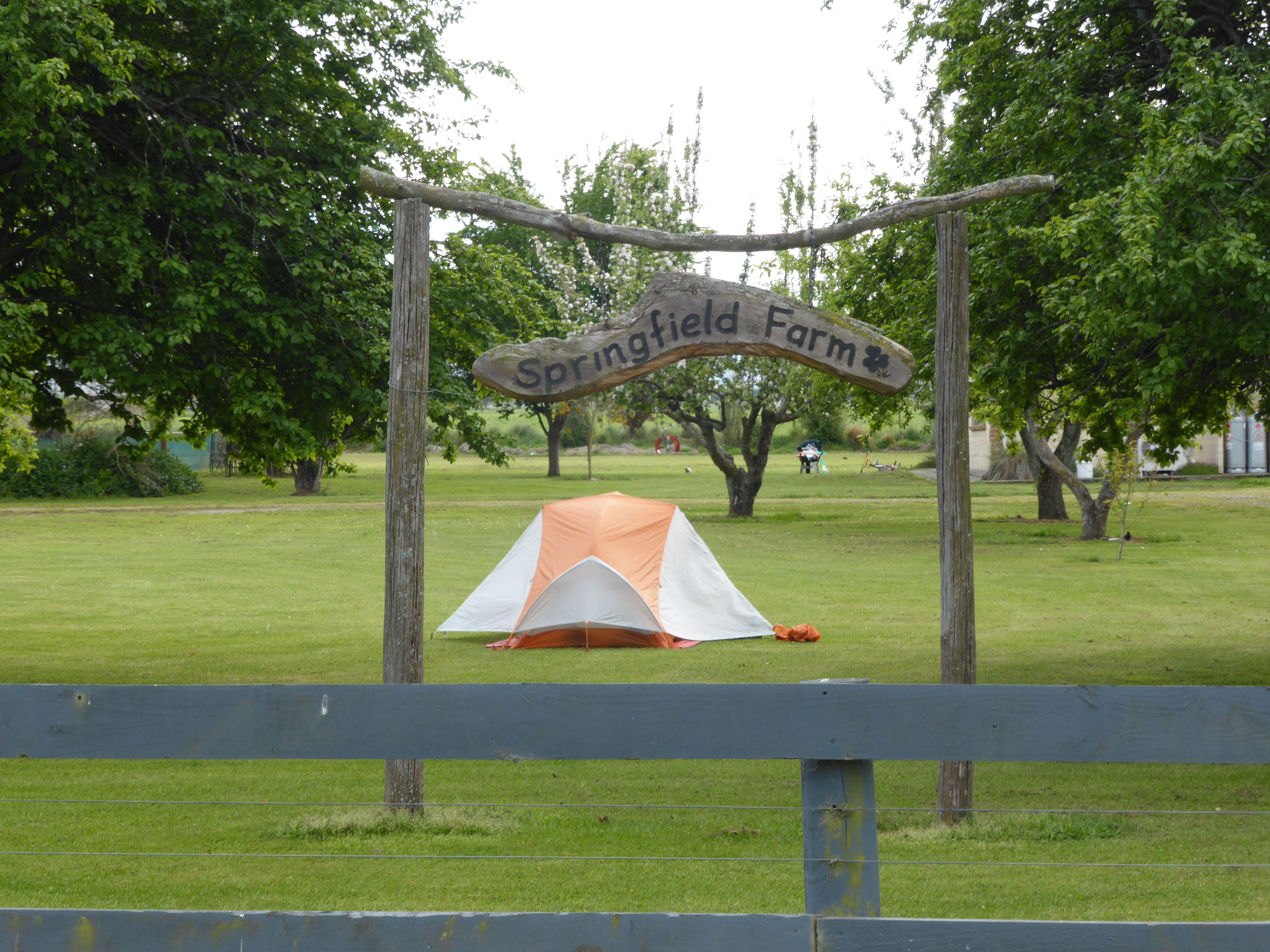It’s very important to stay hydrated throughout all aspects of your life. Some people think that lack of adequate hydration is the reason for many health problems. While the scientists are still trying to piece it all together, I do know that I function much better as a bicyclist when I’ve had enough water to drink.
When you’re out there on the bike, exposed to the elements, you’re bound to encounter many different climates, even in a single day. Trust me, you’ll never have a problem where you’re carrying too much water (actually, I take that back. Once, while touring the southern tier, we prepared for a 70 mile ride with limited services by stocking up on water. At the halfway point, a stranger-turned-friend gave us plenty to eat and drink, and we had no need of the extra water we carried. We dumped it out to lighten our load. But that’s rare). More often you’ll wish you had more. You must plan ahead!
So let’s talk about different methods of carrying water. First, water bottles. Most bikes have space for one or two bottle cages. My recommendation is to use both, if possible. Also, get the largest bottle you can that will fit the cage. Don’t mess around with the small bottles. And we find the insulated ones are a waste of money. They tend to hold less water with the promise of keeping your water cool for a minute, but by the time the sun rises there won’t be a noticeable difference.
For rides that will be a bit longer, think of carrying a canteen or platypus. We like to carry two 96 fl. Oz. Nalgene Wide-Mouth Canteens when we ride. They fold flat and take up minimal space, but carry enough water for both of us if we really need it. We have to be careful, though, because if we fill both of them up, it adds about 12 pounds to our weight for the day. That’ll slow you down a bit before you drink it!
Want to go super lightweight? You make use of surface water as you go. If you want to do this, you’ll need either a filter, an ultraviolet pen, or iodine, or a combination of all three. There are a few different filters on the market, but some are pretty bulky. Some water bottles come with charcoal filters, which can help filter out sediment or other impurities, and could be a good first step to clean water. Iodine is very effective at killing all nasties in water, but makes the water taste horrible. I’ve heard there are tablets you can get that make it taste better. But when you’re desperate, you’ll drink anything, regardless of taste. Might be a good idea to carry a bottle of iodine, just in case. Make sure to wait the requisite time before drinking the iodine treated water.
If you’re not into surface water, where else can you fill up? Of course, gas stations and grocery stores carry bottled water, but before you buy a bottle, ask the clerk if you could fill your bottle from the soda machine. Some restaurants will fill your bottle for you. Bathrooms have faucets in the sink. We’ve filled up using an irrigation hose outside a church. As a last resort, you could stop at a house and ask for water. The worst they could say is “no.” Many people will take pity on you if you’re polite, and help you out.
Keep in mind that you’ll need water for things other than drinking, such as cooking and sanitation. That’s why sometimes a bottle just won’t cut it. Think about how you’ll be using water on your tour, and make sure you have a receptacle that will hold as much as you need, without adding more weight than you’re willing to carry.
